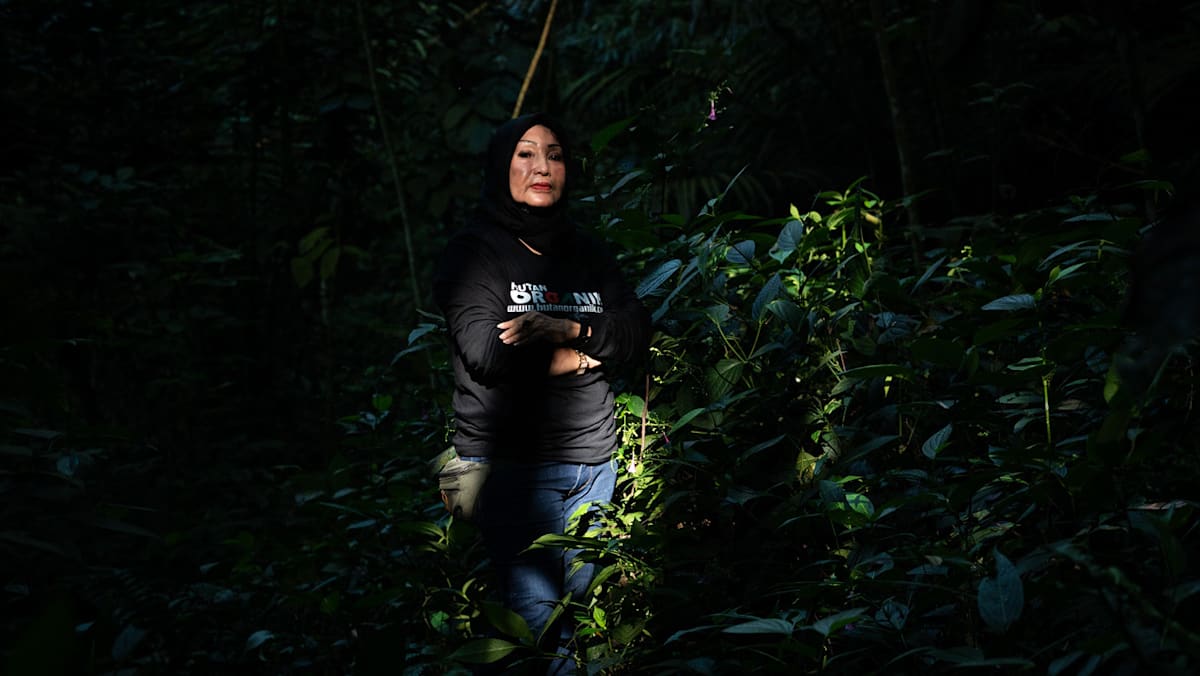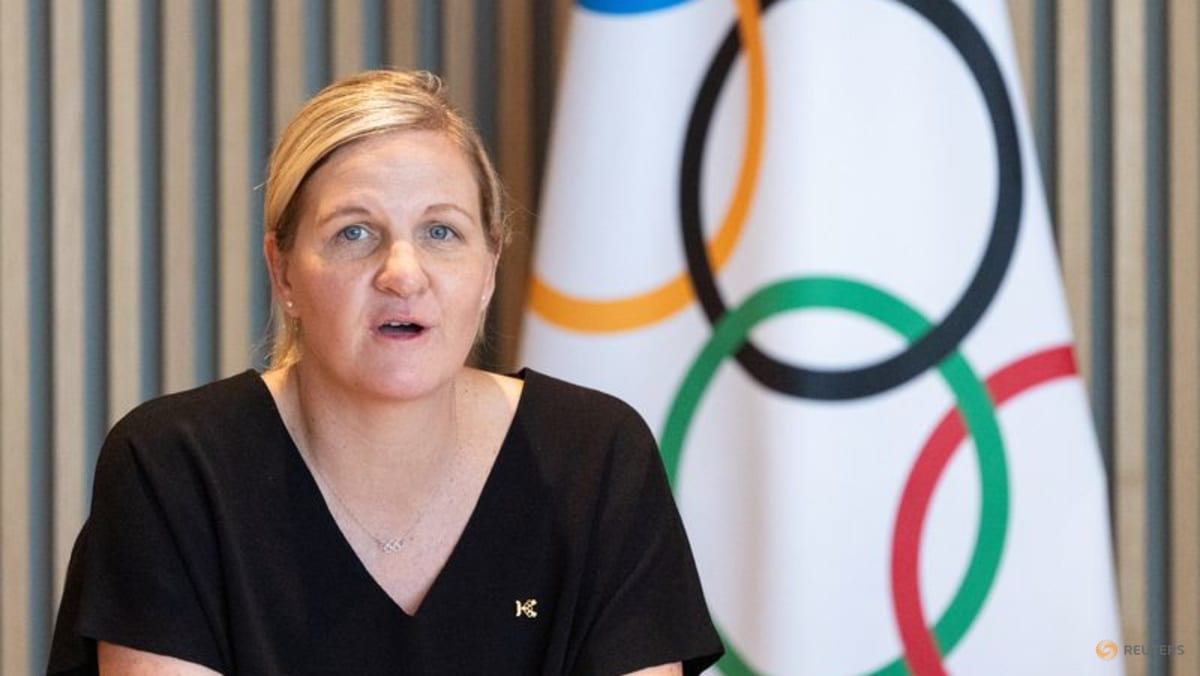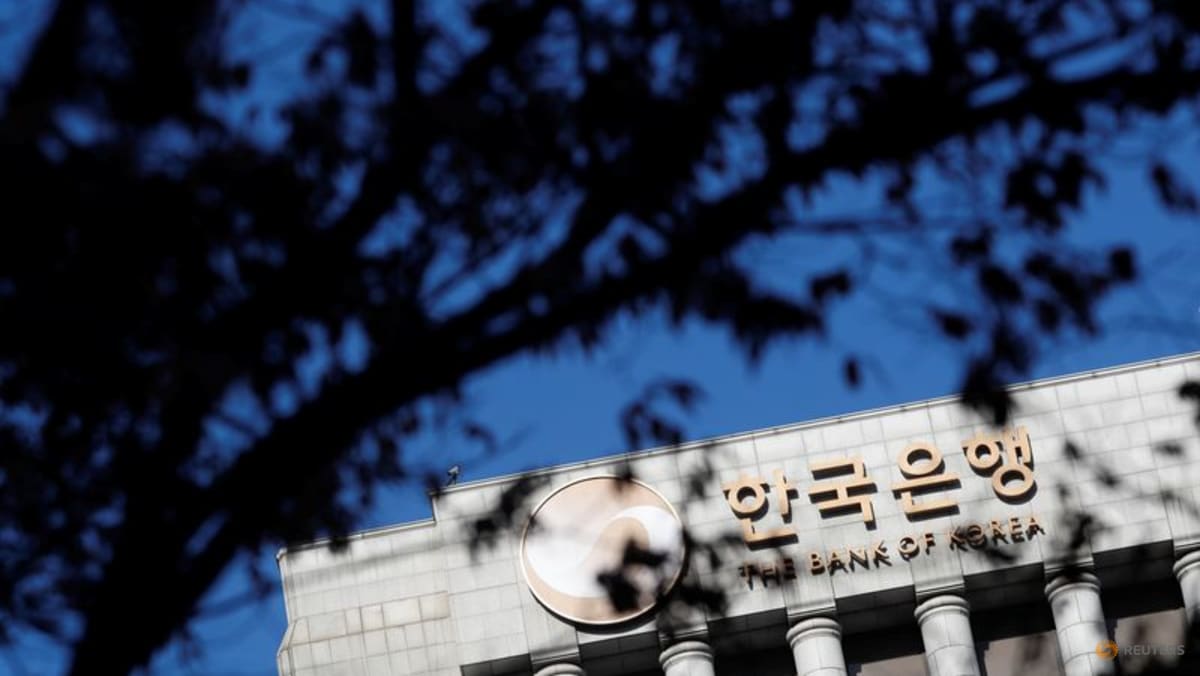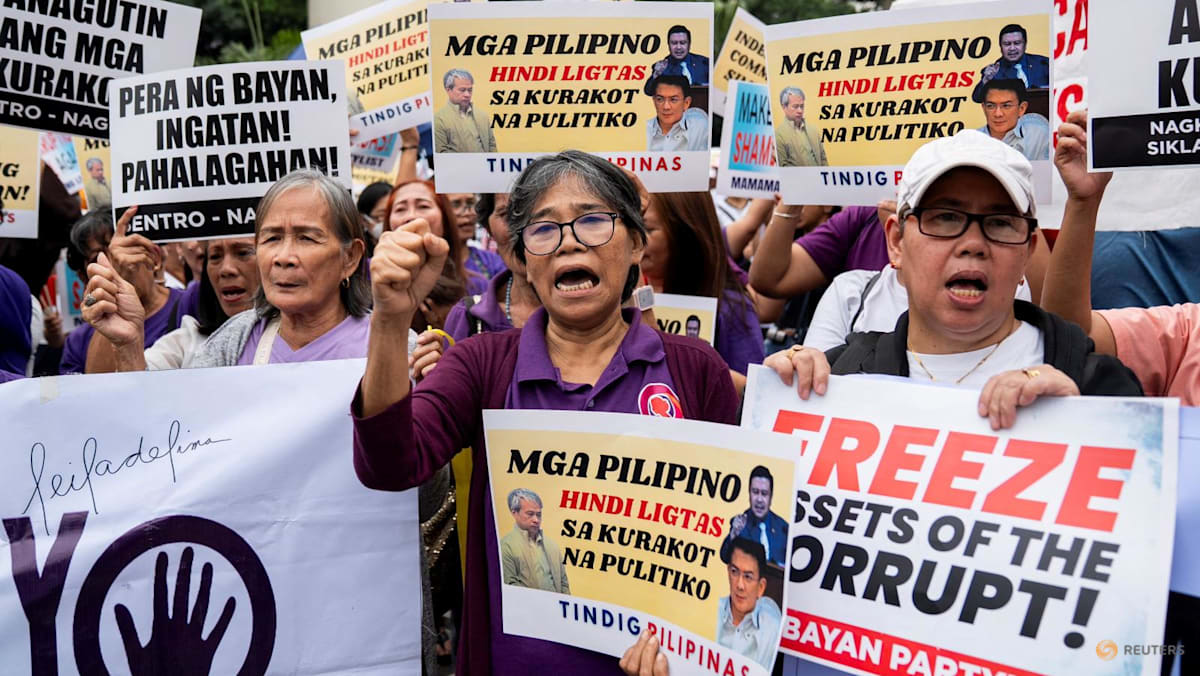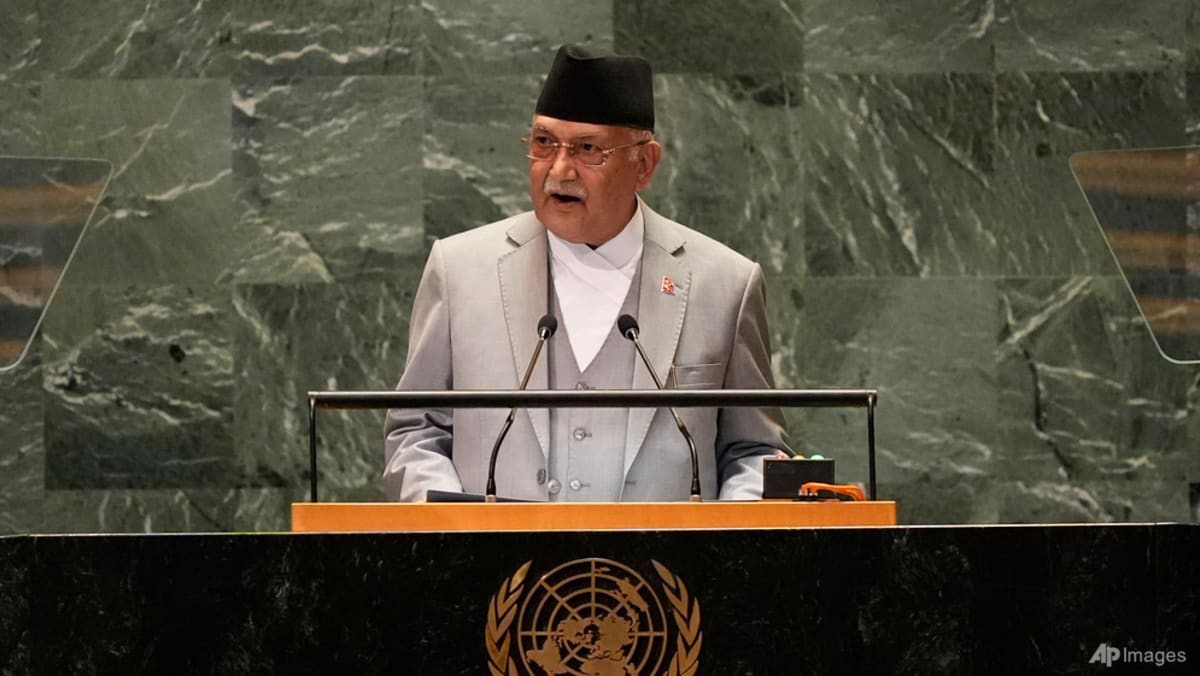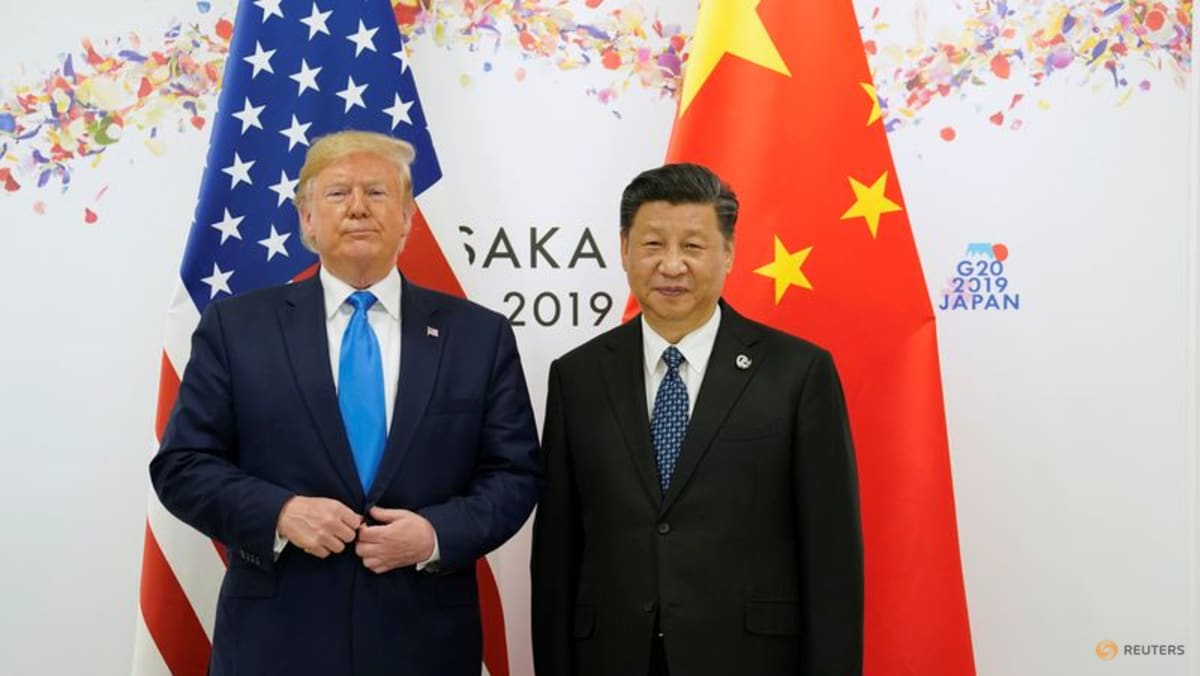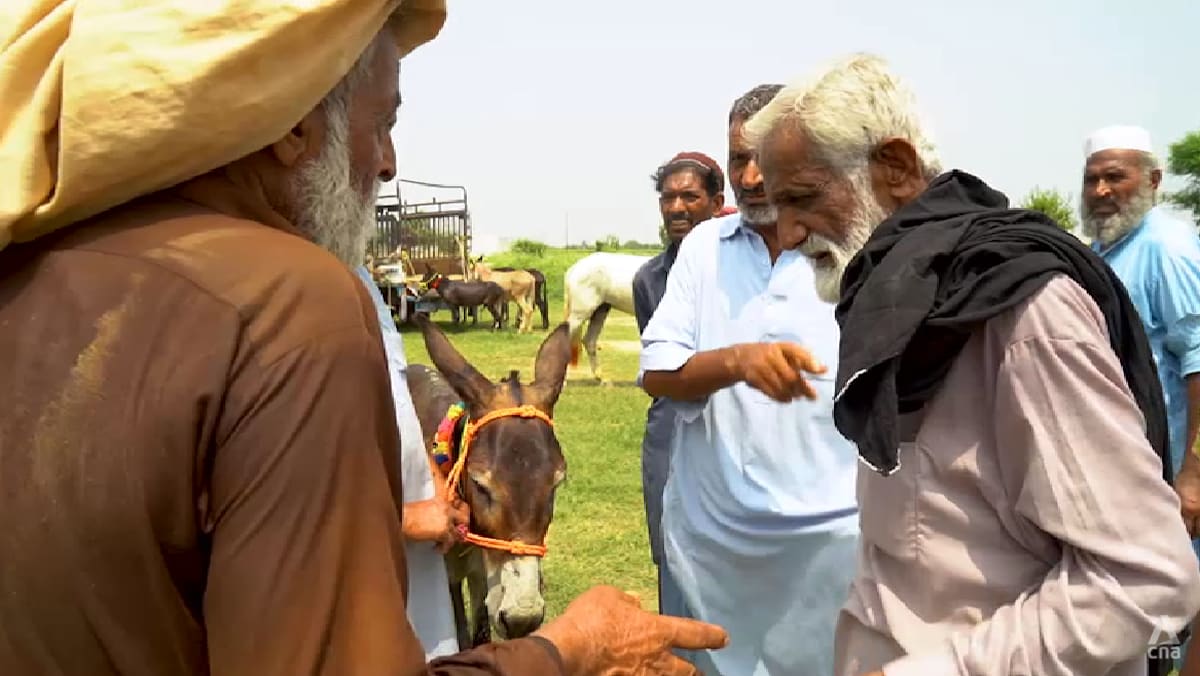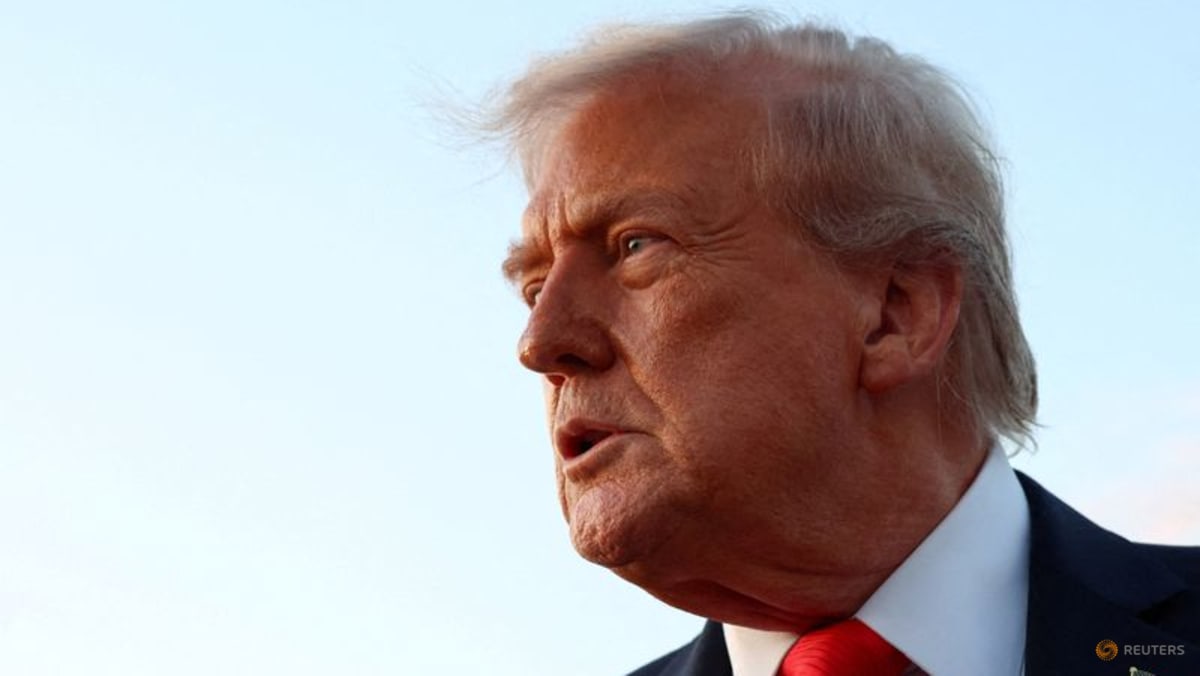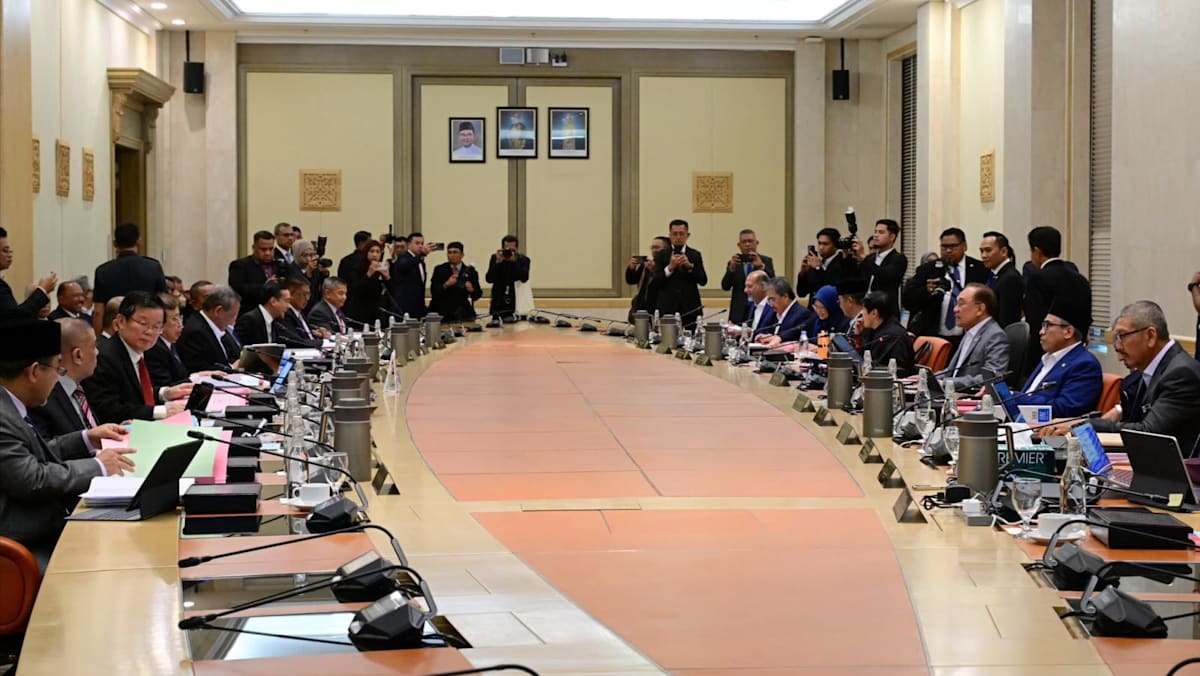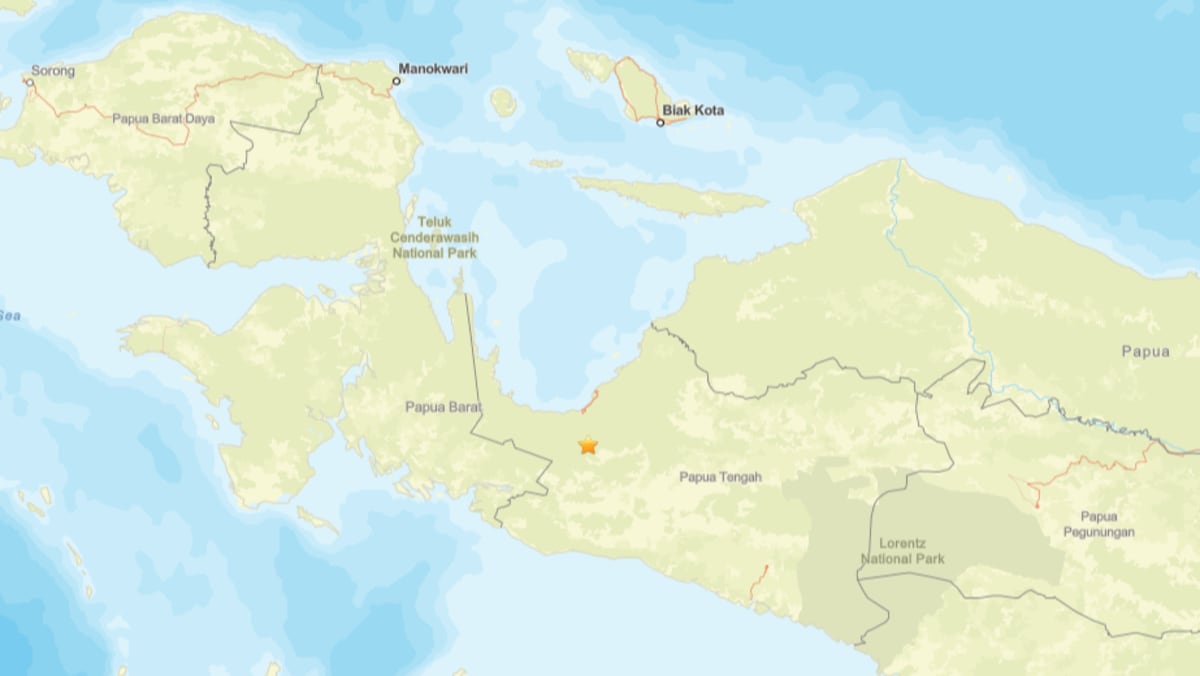This year, the optics are still weighty – the Sino-US rivalry is sharper and the PLA faces heightened scrutiny – but analysts say the commemorative framing of the Sep 3 event makes it a less politically sensitive choice for Southeast Asian leaders.
Unlike in 2015, when tensions in the South China Sea were relatively higher and the optics of marching alongside Chinese troops risked being read as tacit alignment with Beijing’s military posture, today’s climate carries relatively lower risk of such perceptions, noted analysts.
“Attendance at PLA-centred commemorations is a diplomatic benefit with lesser domestic sensitivities,” noted Ping, who’s also the director of Bond University’s East Asia Security Centre as well as editor of the Journal of East Asia Security.
But the calculus is double-edged, said Zachary Abuza, a professor at the National War College in Washington DC. Leaders want to nurture ties with China, yet they must also consider long-standing ties with Japan, he told CNA.
Japan figures prominently in this equation because Beijing’s Victory Day parade is framed around its defeat in World War II – placing regional leaders in the delicate position of honouring China’s wartime narrative without straining present-day ties with Tokyo.
“Japan has been a long trusted partner, and is a key foreign investor and trading partner of every country in the region,” Abuza said, pointing out that Southeast Asia has broadly welcomed Tokyo’s expanded security role and defence cooperation.
In 2023, ASEAN-Japan trade amounted to US$241 billion, about 7 per cent of the bloc’s merchandise trade, while Japanese investment of US$14.5 billion placed it among ASEAN’s top foreign investors.
On the security front, Tokyo has also deepened defence ties – most notably through a Reciprocal Access Agreement with the Philippines signed in mid-2024, and its Official Security Assistance programme, which supplies patrol boats and coastal radars to partners, the majority of them in Southeast Asia.
Still, China’s economic pull is hard to ignore, particularly as it cements its role as a vital trade and investment partner for Southeast Asian economies navigating uneven post-pandemic recoveries and the bite of US tariffs.
“At a time when exports to the United States will slow due to tariffs, and the International Monetary Fund has downgraded GDP growth in every country in the region, the leaders will be looking to China for more trade and investment,” Abuza said.
Since overtaking the European Union in 2020, ASEAN has remained China’s largest trading partner. In 2024, bilateral trade reached US$962.98 billion, accounting for 15.9 per cent of China’s total foreign trade, according to official data.
At the same time, China is the largest trading partner for most ASEAN countries, reflecting deep supply chain linkages and growing economic interdependence across the region.
“While leaders may come for the pomp and circumstance of the parade, it’s the sidebar meetings and one-on-ones with Xi and his team that are the most important,” Abuza said.
In other words, the parade is less about symbolism and more about access, say observers.
“The parade serves as a gateway,” said Ping from Bond University. “Attendees obtain short-term diplomatic access, including bilateral meetings, promises of investment, and potential defence cooperation – but most importantly, networking for the future.”
At the same time, sustained engagement beyond “symbolic participation” is required to build outcomes, Ping said.
